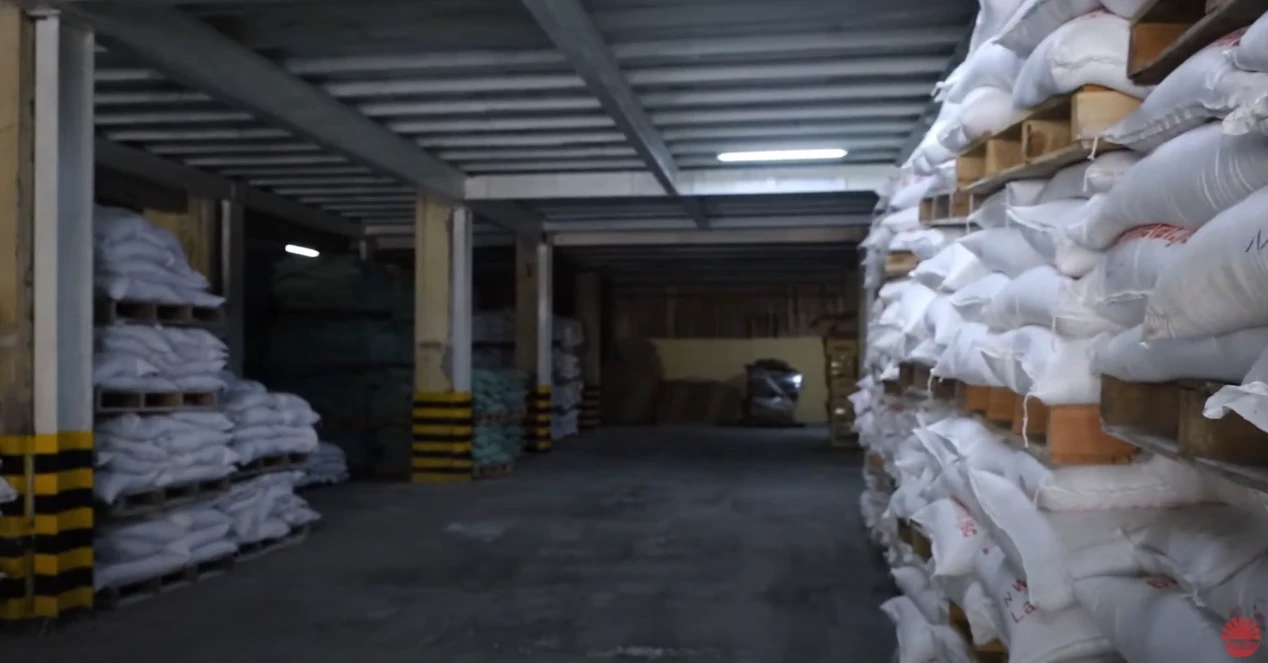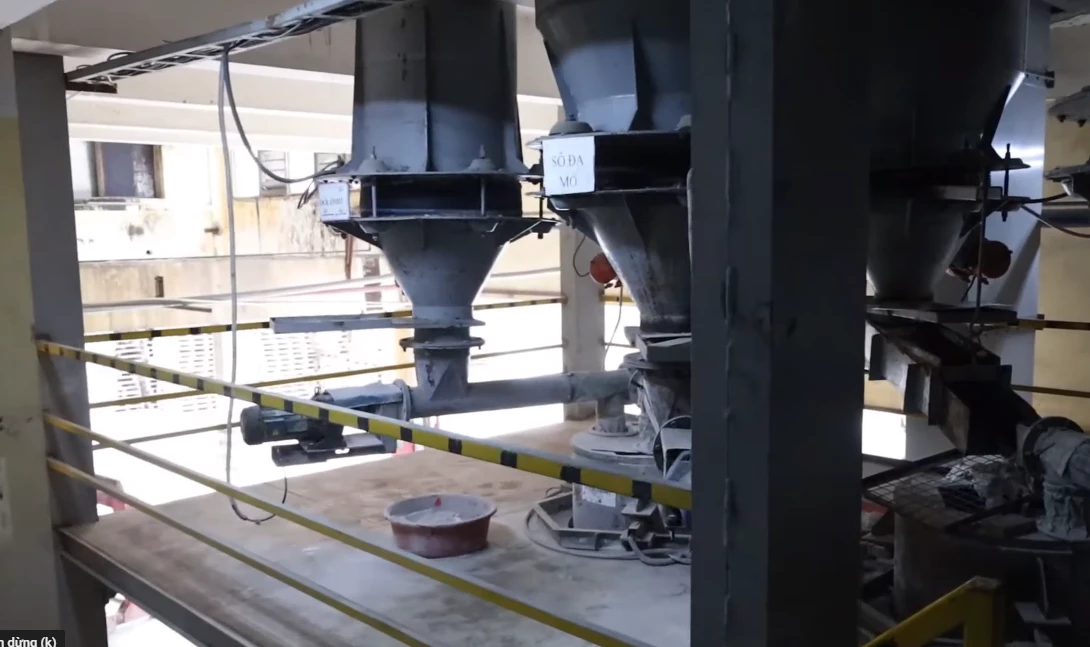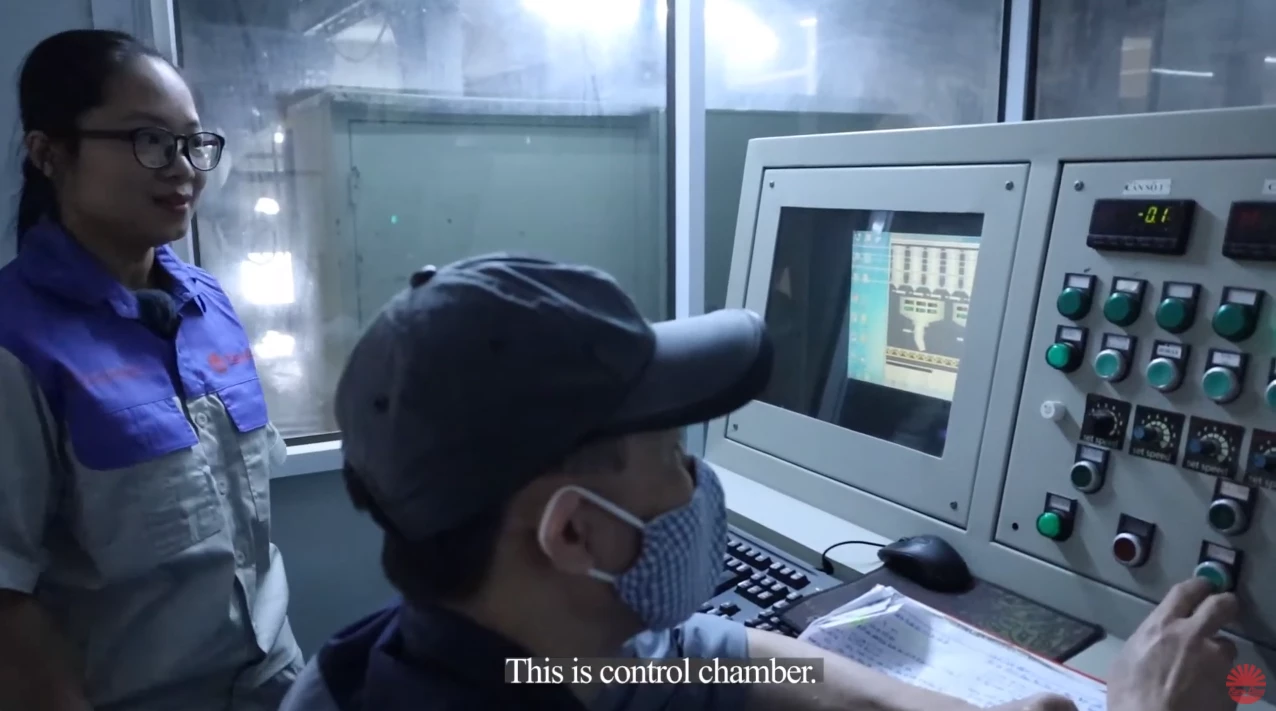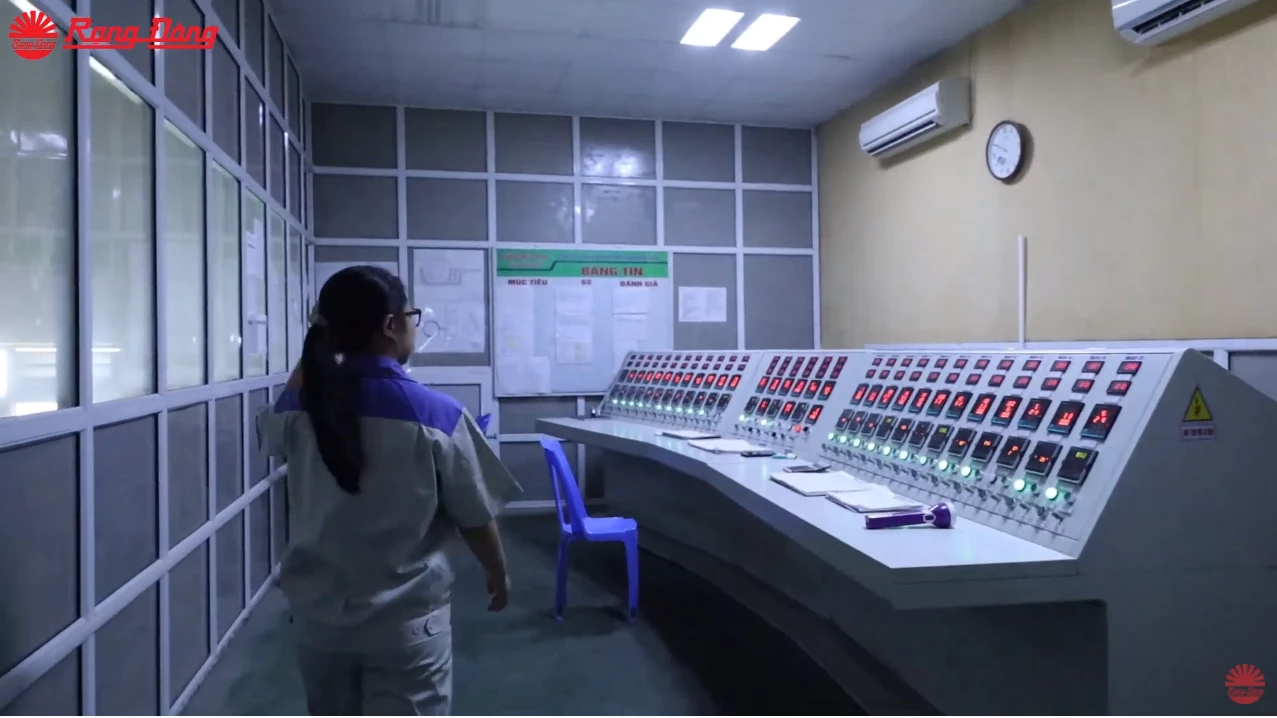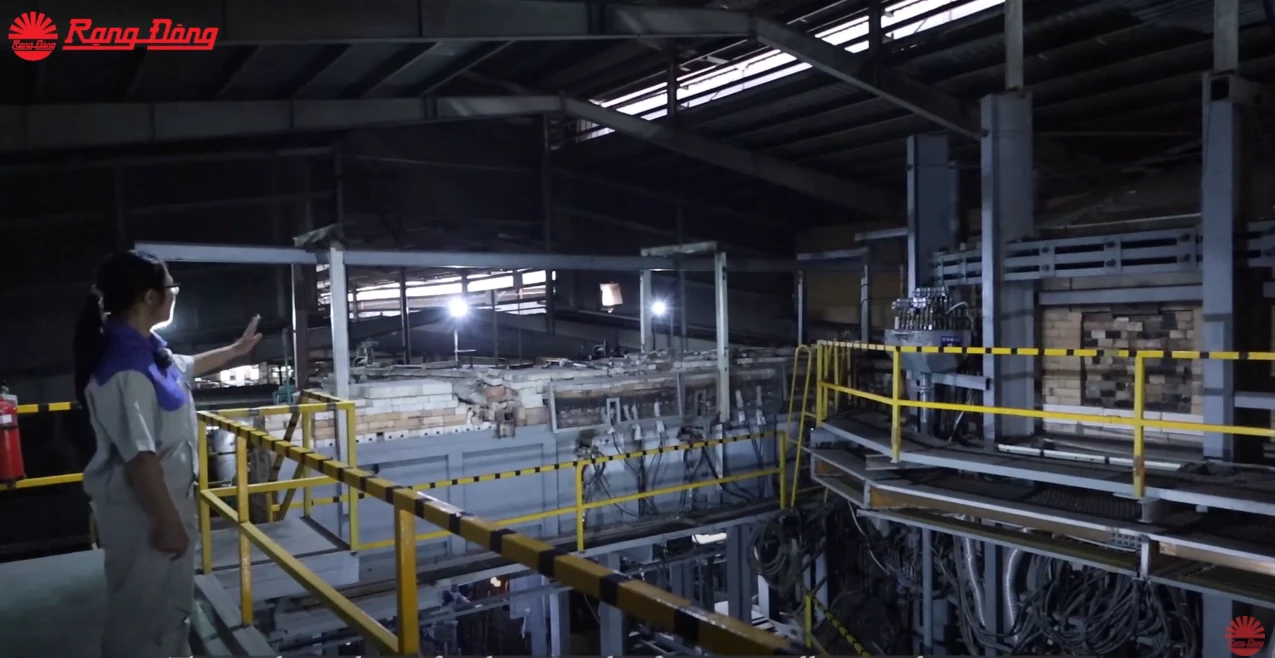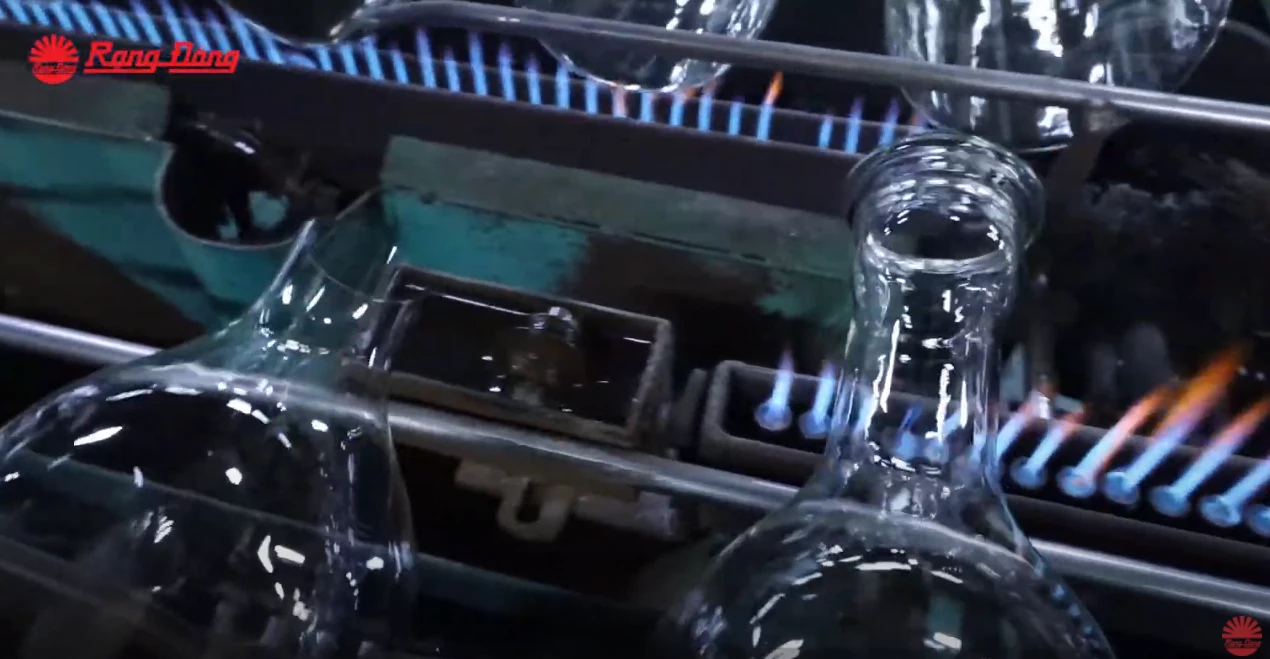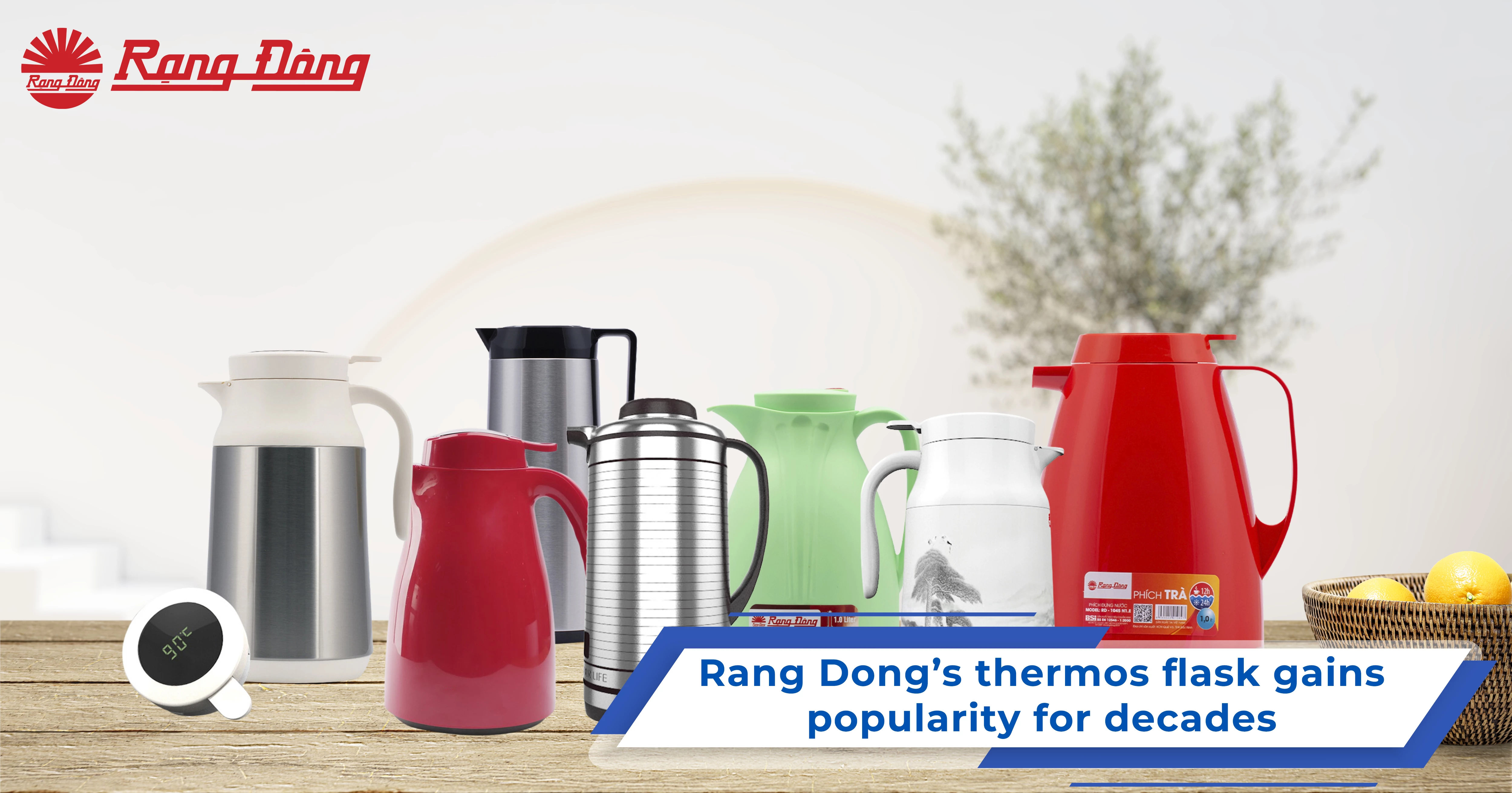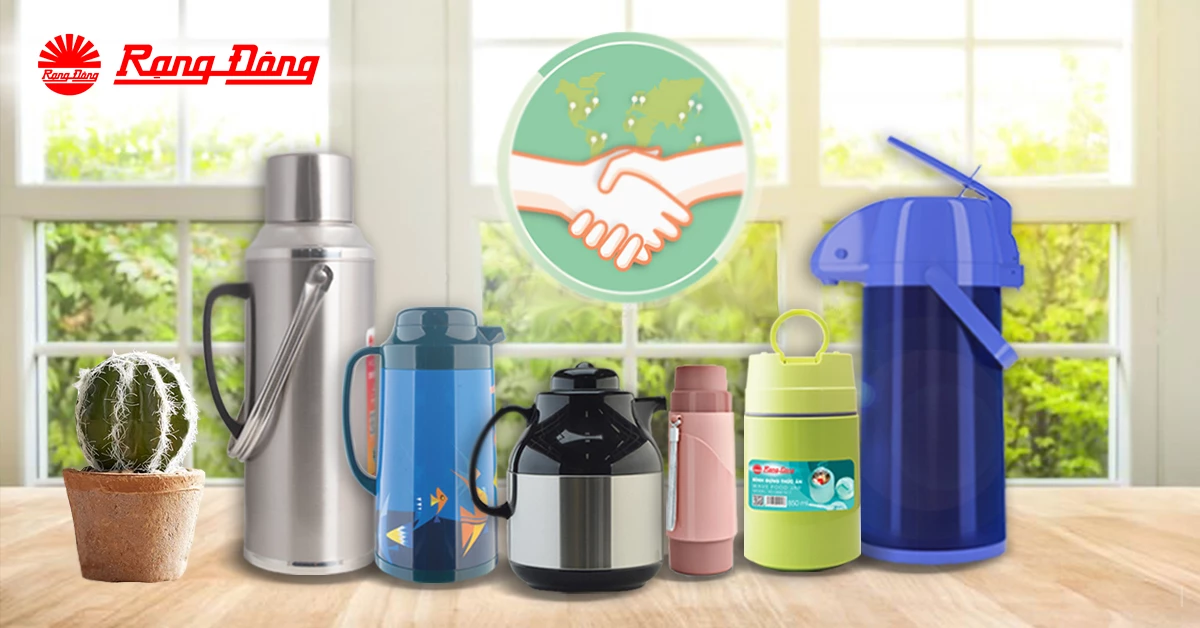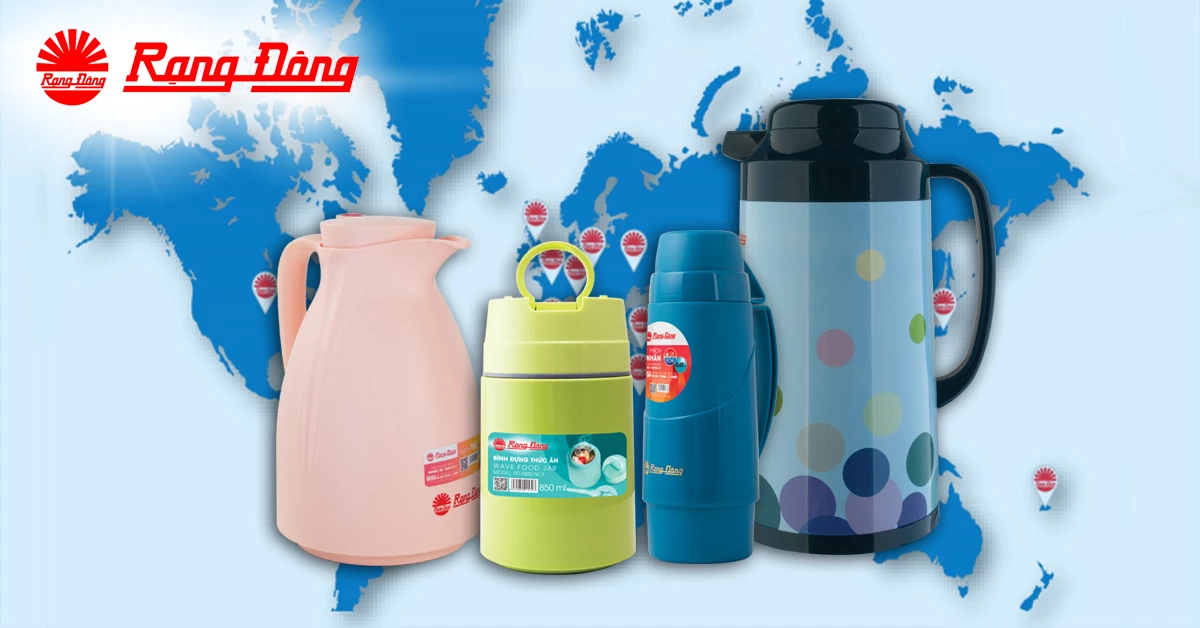Vietnam's Rang Dong fully controls thermos making process
Today, Rang Dong's thermos is manufactured on a highly modern and complete production line. Production of the Hanoi-based company includes glass for refills, all other thermos parts and assembling to turn out the final products. The production capacity has now risen to more than 23 million pieces annually, from 300,000 at the initial stage.
Input material
Rang Dong sources input materials mostly from local suppliers in the country's northern region, such as limestone from the port city of Hai Phong, donamit from Ha Nam province, and sand from Van Don in Quang Ninh province. Several other materials are imported from countries such as the United States and China.
Sand and glass fragments collected from assembled components are stored indoors. The use of glass fragments in the new glass cooking helps recycle waste while reducing the glass cooking temperature.
The next step is to scale and mix the materials. Once all the input materials are in place, they are sent to a specialized machine to weigh, sieve, and dry in order to restore the grain composition, remove impurities, and bring the sand moisture to the required levels.
The mix will follow the conveyor to the flask furnace or tube-pull oven after being weighed and mixed with sufficient weight. A small sample is taken for analysis to determine whether the batch quality meets standards.
The next is the input material quality control room. Company staff will inspect the supplier's supply, the batch's mixing, the glass composition, temperature and its resistance to heat shock. The room is equipped with inspection machines such as ovens, flame spectrometers, and thermal expansion meters.
The flask furnace
The input materials will be transported to the furnace by conveyor after being weighed. The entire furnace system is automatically controlled and rapidly adjusted to ensure that the furnace is always in the best glass melting condition.
The molten glass is fed into the droplet cutter heads, which are shaped in a mold by blowing air into them. The entire glass jar is formed and then placed in a prestressed-removing processing line, which makes the glass cool, durable, and not fragile.
After passing through the processing line, the glass container product will be gathered in trays. Some samples will be taken to the quality control room. If the samples do not meet the standard requirement, they will be immediately adjusted.
Bottle forming and glass refill completion
The melted glass is taken to the trough and cooled down. A machine will cut the glass into drops and feed each to the blowers to form bottles.
A completed glass refill contains two glass bottles, the smaller of which is the inner bottle and the larger of which is the outer bottle.
Rang Dong applies two assembly technologies to create a finished glass refill: bottom sealing and waist sealing.
After that comes the bottle inserting step. Workers insert pads into the space between the inner and the outer bottles to fix them and create a gap in-between. The sealing machine will melt the bottom of the outer bottle, pull it, seal and cut the extra part.
At the bottom sealing stage, the bottle bottom is formed by the glass from the body pulled down.
Vacuum flask assembly
Stainless steel material is gathered at one side of the assembly line, and plastic material is gathered at the other side. After handling, the casings are taken to the middle of the production line to be assembled into the finished products.
The stainless steel sheet roll is cut into many sheets in different sizes. Then these pieces are bent and fold in the edges. The workers will print logos on the casings. After that, they will be taken to the conveyor and gathered with the glass refill, and workers will assemble all components to make the finished products.
There are 2 production lines and 4 machines, which can assemble 4 types of stainless steel casing flasks.
The other side of the assembly lines is the plastic processing area. Rang Dong imports PP and ABS particles from Saudi Arabia. The quality of PP and ABS is tested before processing. Plastic casing, plastic handle, plastic bottom and plastic lid, all can be made at this stage.
Should you have any questions or request a quotation of Rang Dong products, please send us an email to: export@rangdong.com.vn.
Websites: en.rangdong.com.vn and vacuumflask.rangdong.com.vn

